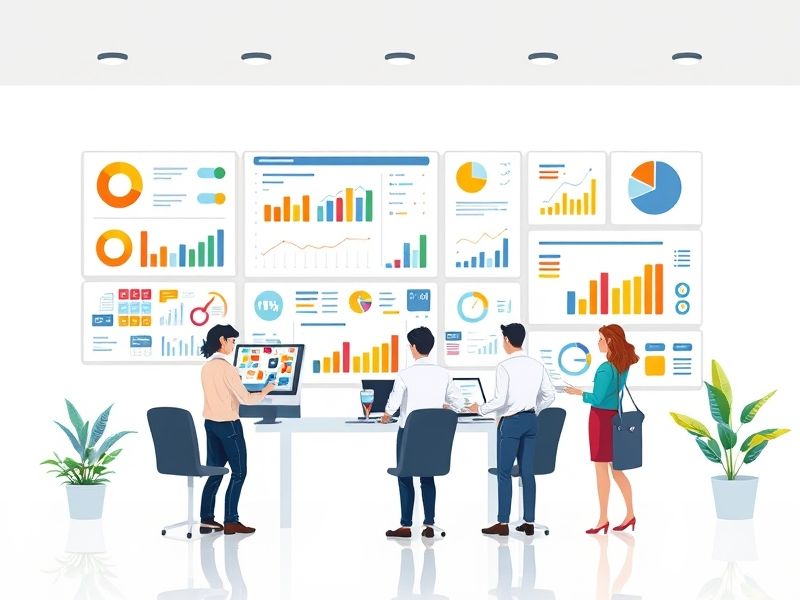How to Reduce Emergency Purchases and Improve Supply Chain Efficiency
Emergency purchases in manufacturing and supply chains are often a sign of deeper issues. They drain resources, raise costs, and create chaos. If your team frequently scrambles for last-minute supplies, it’s time to look at how good planning and AI-driven visibility can help. Why Emergency Purchases Matter Emergencies seem unavoidable—unexpected machine breakdowns, sudden spikes in … Read more































